Seeds of terrestrial orchid species are small and essentially without food reserves, but data on the longevity in the wild of seed of most orchid species is lacking.
[…]
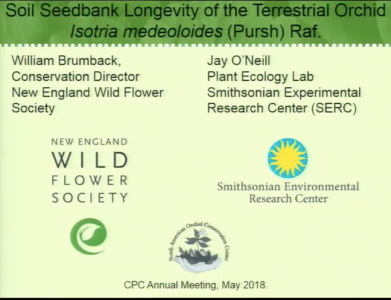
Seeds of terrestrial orchid species are small and essentially without food reserves, but data on the longevity in the wild of seed of most orchid species is lacking.
[…]
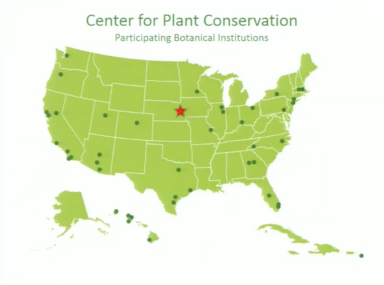
Research into the biology and conservation needs of an at-risk plant species can lead to better understanding of the plant community that supports the species and inform ecosystem scale conservation efforts.
[…]
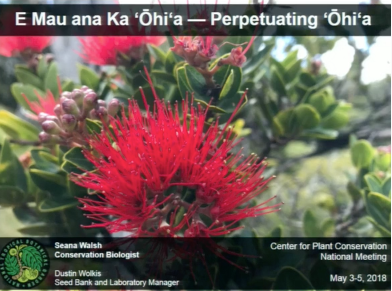
New fungal pathogens are threatening the most ecologically and culturally important native tree in Hawai‘i, ‘ōhi‘a (Metrosideros spp.).
[…]
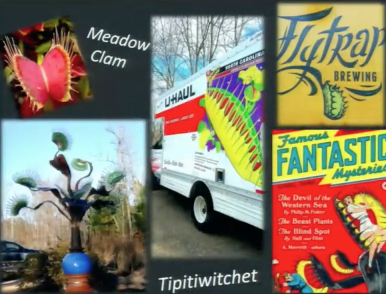
Johnny Randall and Michael Kunz (North Carolina Botanical Garden, University of North Carolina at Chapel Hill), and Jamie Winshell, Corbin D. Jones and Gregory P. Copenhaver (Department of Biology and Integrative Program for Biological & Genome Sciences,University of North Carolina at Chapel Hill) Venus’ flytrap (Dionaea muscipula) is the most widely recognized carnivorous plant, and […]
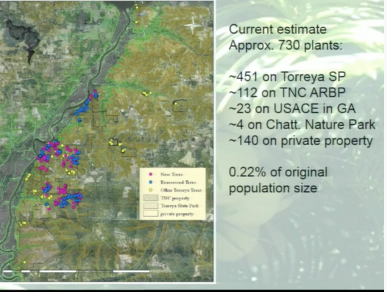
Emily E. D. Coffey, Ph.D., Atlanta Botanical Garden Torreya taxifolia, known as the Florida Torreya, is one of the rarest conifers in the world. Once found as a canopy tree, Torreya is an evergreen dioecious tree endemic to a narrow range of bluffs and ravines adjacent to the Apalachicola River in northwest Florida and extreme […]

Holly Forbes, University of California Botanical Garden at Berkeley UC Berkeley has an annual fundraising campaign encouraging donations during a 24-hour extravaganza called the Big Give. Each unit on campus is encouraged to participate by way of incentives (more social media posts by the public, more money provided by campus as a bonus). We focused […]
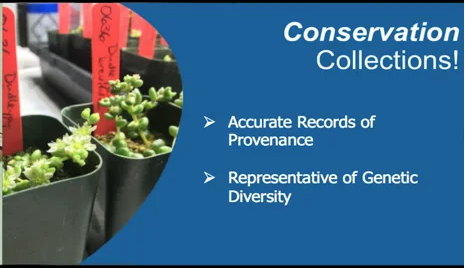
Christa Horn and Joyce Maschinski, San Diego Zoo Global and Center for Plant Conservation The primary purpose of a conservation collection is to support species’ survival and reduce the extinction risk of globally and/or regionally rare species. A conservation collection is an ex situ (offsite) collection of seeds, plant tissues, or whole plants that has […]
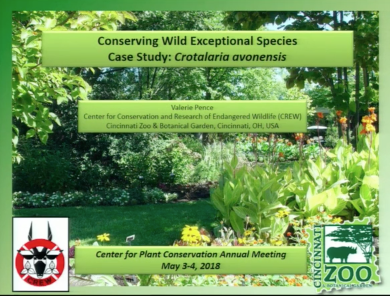
Joyce Maschinski, Center for Plant Conservation and Valerie Pence, Cincinnati Zoo & Botanical Garden Crotalaria avonensis is an endangered legume endemic to Florida that produces few seeds. In vitro shoot cultures of multiple genotypes have been grown at CREW to provide genetic diversity for restoration and for tissue cryopreservation. These cultures harbor a bacterium, identified […]
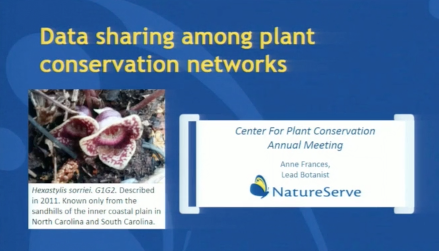
Anne Frances, NatureServe The NatureServe Network comprises 80+ member programs in the United States, Canada, and Latin America. Each member program has been “tracking” rare plants for over 30 years. Tracking entails surveying, mapping, monitoring, protecting, and assigning conservation statuses. As a network, NatureServe has standard methods and a shared data model to “roll-up” jurisdictional […]
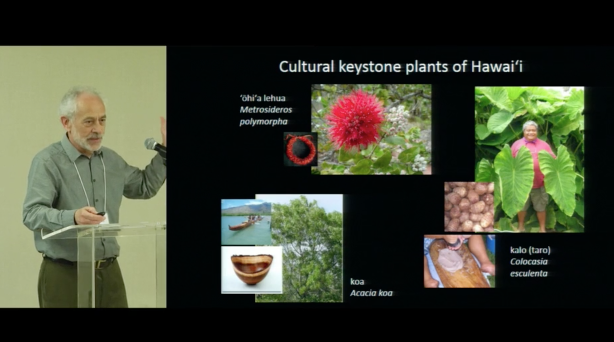
Christopher Dunn, Todd Bittner and Robert Wesley, Cornell Botanic Gardens In situ conservation efforts for American globeflower (Trollius laxus) are ongoing within two Cornell Botanic Garden Natural Areas. A reintroduction program was initiated to augment the globeflower population and a total of 344 propagated plants have been successfully introduced with a 90-95% survival rate. The […]
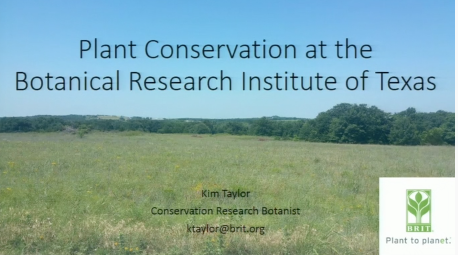
[…]
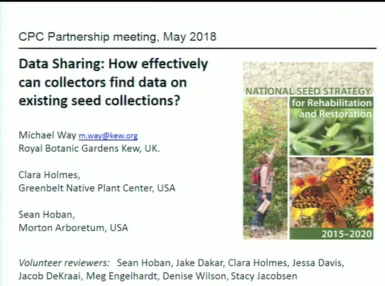
Michael Way (Royal Botanic Gardens Kew, UK), Clara Holmes (Greenbelt Native Plant Center, USA), and Sean Hoban (The Morton Arboretum) In 2017, we established a ‘gap analysis working group’ to assess and report the availability and usefulness of online native seed collection data from seven leading online data sources in order to help native seed […]
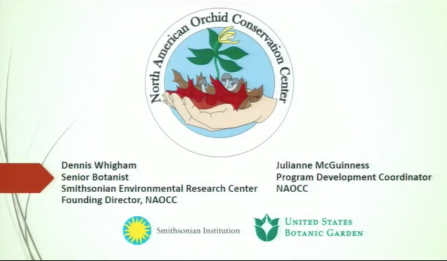
Dennis Whigham and Julianne McGuinness, North American Orchid Conservation Center The North American Orchid Conservation Center (NAOCC) was developed by the Smithsonian and the U.S. Botanic Garden to conserve the diversity of native orchids in the U.S. and Canada. NAOCC ecologically-based conservation model has three guiding principles: Preservation through seed and fungal banks, Propagation, Education. NAOCC […]
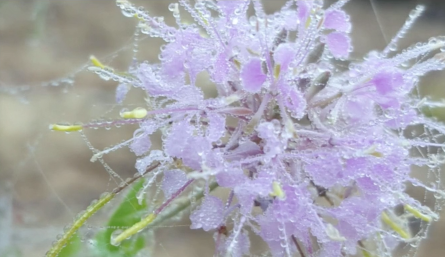
Philip Gonsiska, Whitney Costner, Cheryl Peterson, Bok Tower Gardens Warea amplexifolia (Clasping Warea) (Brassicaceae) is an annual endemic to sandhill habitat in the northern third of the Lake Wales Ridge in central Florida. It typically germinates between February and early May and flowers from August through October. The main threats to W. amplexifolia are development […]
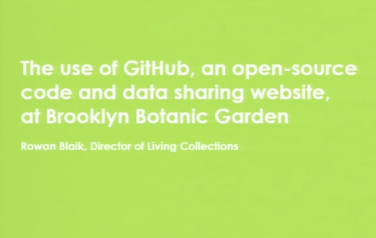
Rowan Blaik, Brooklyn Botanic Garden Has another institution already solved a plant dataset issue you currently face? Brooklyn Botanic Garden (BBG) has written several small, modular computer scripts for use in managing and verifying plant collections records and plant checklist data. Instead of only sharing finished datasets, BBG is trialling the sharing of the tools […]
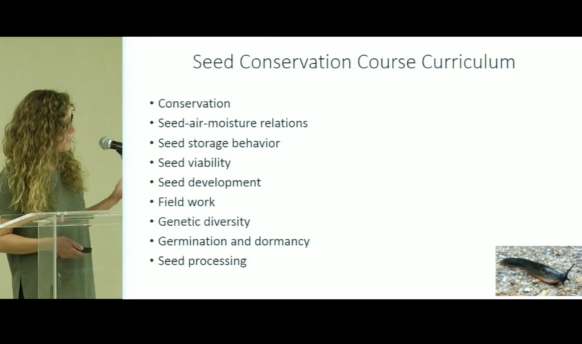
Heather Schneider, Santa Barbara Botanic Garden In the fall of 2017, Dr. Heather Schneider from the Santa Barbara Botanic Garden attended the Kew Millennium Seed Bank Partnership’s three-week Seed Conservation Techniques Training Course. The course brought together conservationists from all over the world to improve conservation seed banking practices used by MSB partners. The course […]
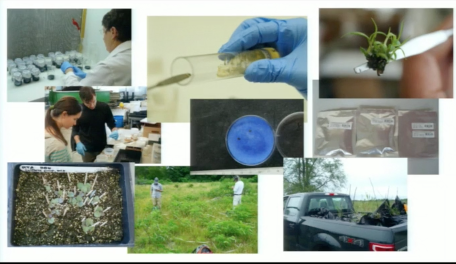
David Remucal, University of Minnesota Landscape Arboretum We have been struggling with a propagation database. This has been of particular interest as our orchid conservation program has grown, we have needed a way to track individual maternal sources or populations from seed to potted plant as they go through different treatments and use different media. […]
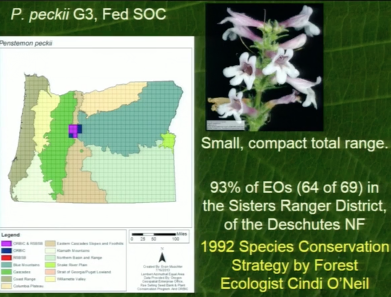
Ed Guerrant, Rae Selling Berry Seed Bank Penstemon peckii (G3-S3 Federal SOC) is an Oregon endemic with a relatively compact range in the semi-arid Ponderosa pine forest east of the Cascade Mountains. The vast majority of known populations (ca 93%) are almost entirely within the Sisters Ranger District of the Deschutes National Forest. A 1992 […]